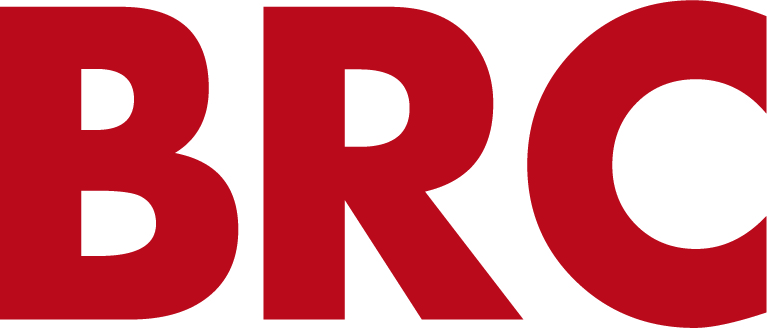Second Harmonic Generation:
Imaging and Quantification of Fibrosis
This is a web series exploring:
Stain free, Non-destructive Imaging and Automated Quantification of Fibrosis of the Liver, Lung, and Kidney by Second Harmonic Generation.
Application to routine imaging and quantification of fibrosis on FFPE-mounted tissues for animal and clinical studies.
Next Date: September 27, 2016, 11:00am EDT
Second Harmonic Generation: Imaging and Quantification of Fibrosis in the Kidney
Click to Register
Previously Recorded Webinars:
Second Harmonic Generation:
Imaging and Quantification of
Idiopathic Pulmonary Fibrosis of the Lung
Click for Recordings
Wednesday, June 8, 2016
Second Harmonic Generation:
Imaging and Quantification of
Fibrosis of the Liver
Click for Recordings
Tuesday, May 3, 2016
Advances in Tissue Imaging:
Non-Destructive, Stain Free,
Novel Techniques for Digital
Pathology and Research
With Professor Christian Schwentner
Click for Recordings
Wednesday, September 30, 2015
Presenters:
Li Chen, Ph.D.
Principal Investigator
Genesis Imaging Services
Mathieu Petitjean, Ph.D.
CEO
Genesis Imaging Services
Fibrosis is the thickening, scarring, or formation of excess connective tissue as a mechanism to repair tissue damage as a result of overuse or injury. Improved imaging techniques assist physicians in effectively treating fibrotic tissues, which occurs in multiple areas of the body.
Second Harmonic Generation is recognized as the ideal non-destructive optical technique to image collagen I and III in biological tissues. Recent technology and instrumentation breakthrough are making this technology more affordable, and compatible with mid-throughput screening. Tissue-specific and validated image analysis, segmentation and quantification software tools based on ‘machine-learning” algorithm are capable of generating robust and operator-independent quantitative fibrosis outcomes, ranging from collagen fiber morphometries to collagen area densities.
In cooperation with HistoIndex (Singapore), Genesis Imaging Labs (Princeton, NJ) has developed a unique imaging and quantification protocols for pre-clinical or clinical trials for the liver, lung, and kidney. See Publications Here
About the Presenters:
Dr. Chen, formerly with ImClone Systems (Eli Lilly & Company), Hoffmann-La Roche, and Zeus Scientific, is an experienced pharmaceutical research scientist familiar with most in-vivo and in-vitro techniques and related workflows used in industry. More specifically, Dr. Chen is experienced in assay development and validation, demanding regulatory and quality assurance frameworks, related technology transfers, and management of programs with CROs or technology vendors.
Dr. Chen's expertise includes pre-clinical and clinical programs for drug discovery and development in therapeutic areas including infectious, inflammatory, metabolic and cardiovascular diseases, and oncology.
Dr. Petitjean is an experienced leader with 20 years of executive-level and international business experience in Medical Technology and Life Sciences, including 12 years at General Electric Healthcare in both product and business leadership positions.
Dr. Petitjean’s technology expertise spans across the spectrum of Physical Instrumentation. He has extensively published and created intellectual property in the areas of Molecular Beam Epitaxy, Semiconductor Bandgap Engineering and Medical/Cellular Imaging.












